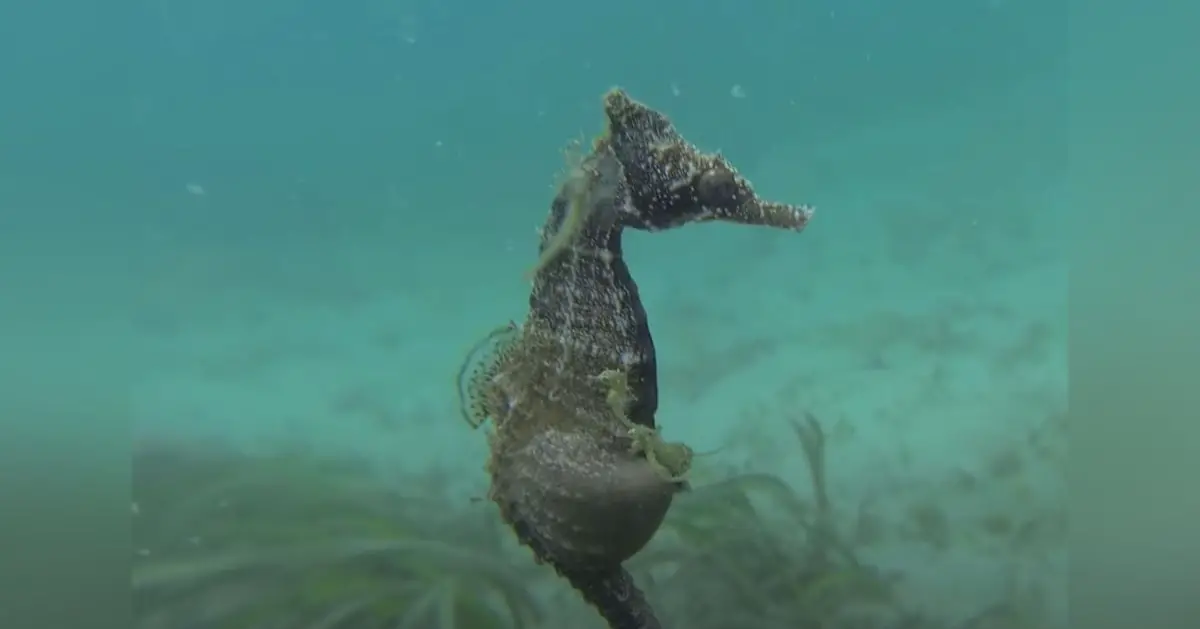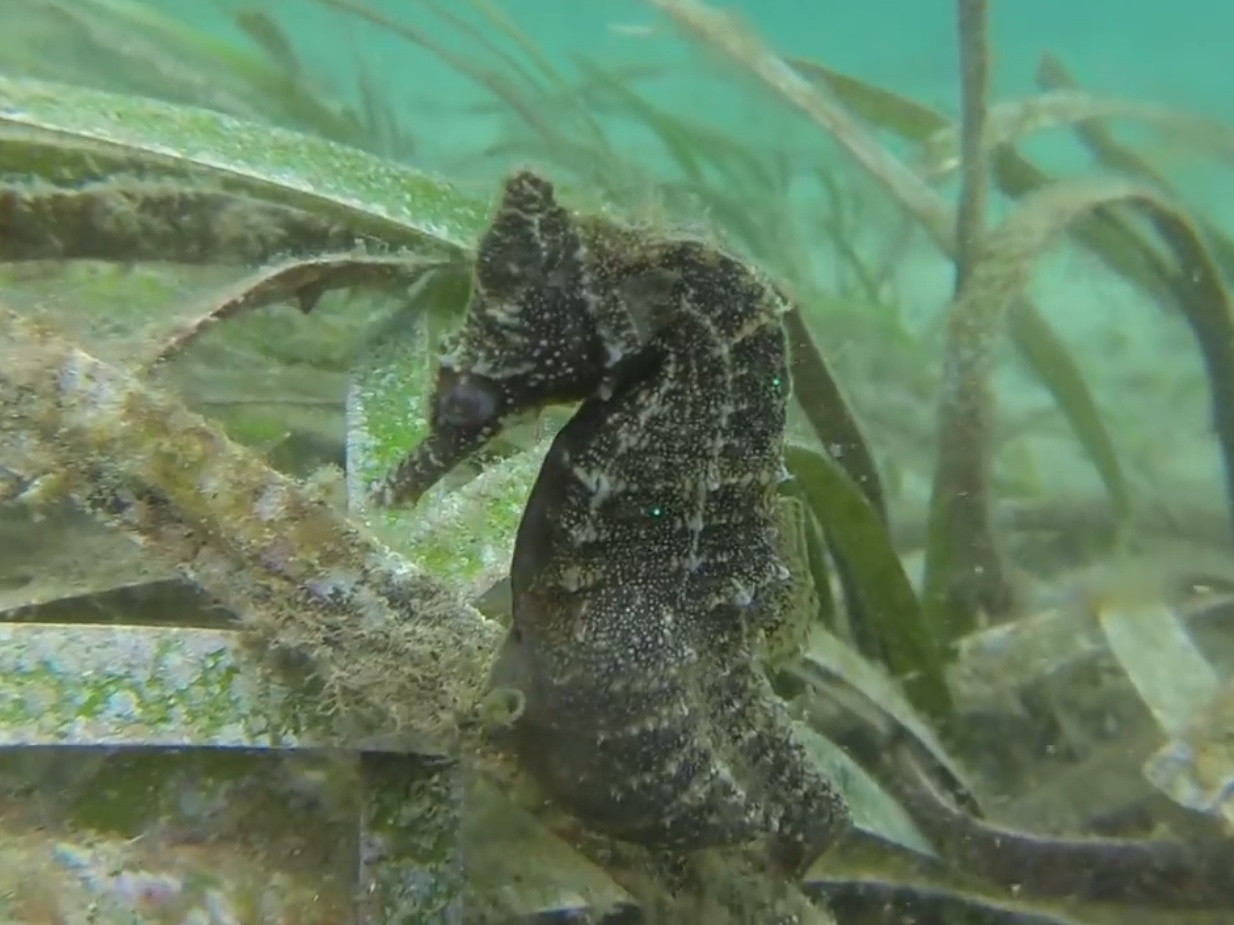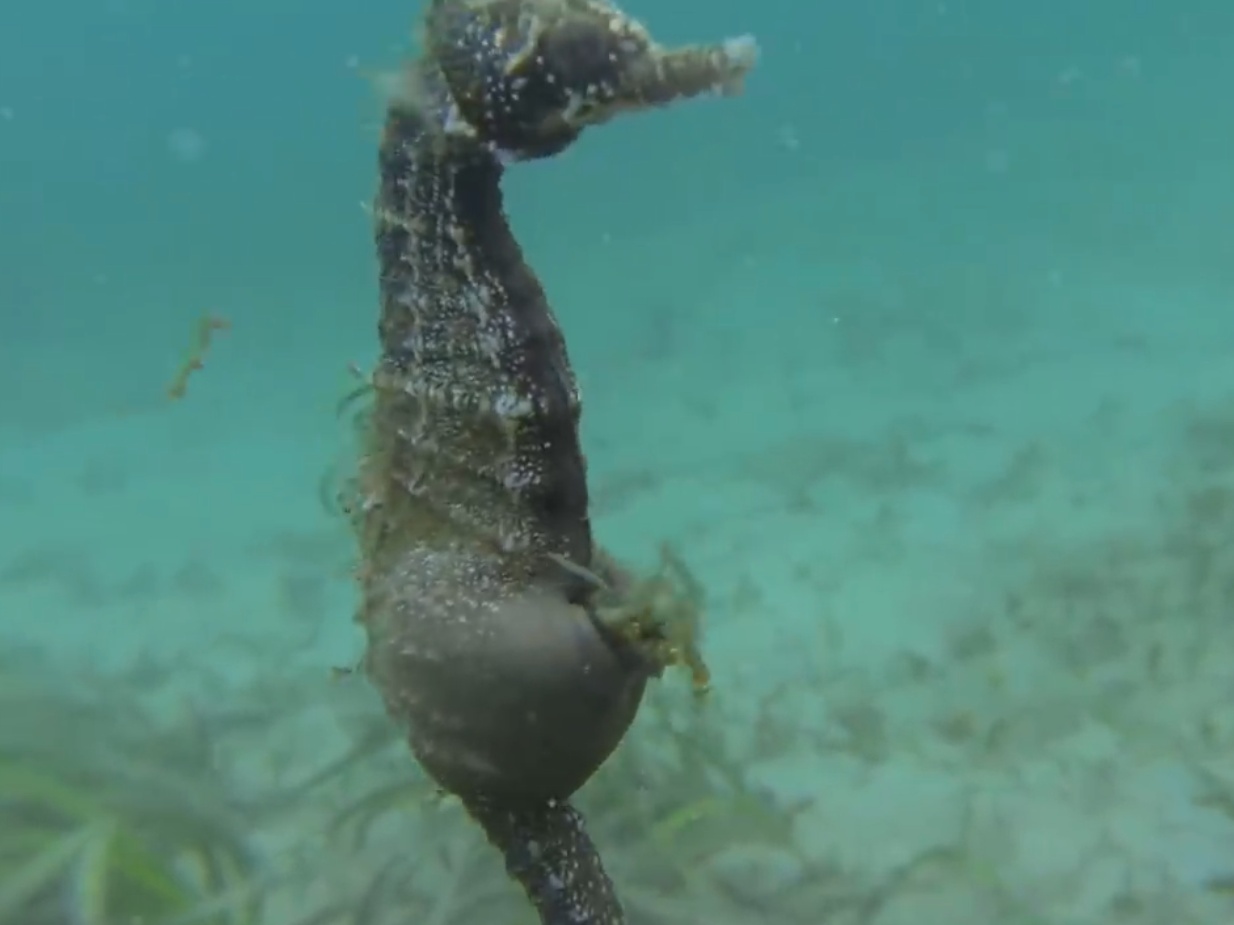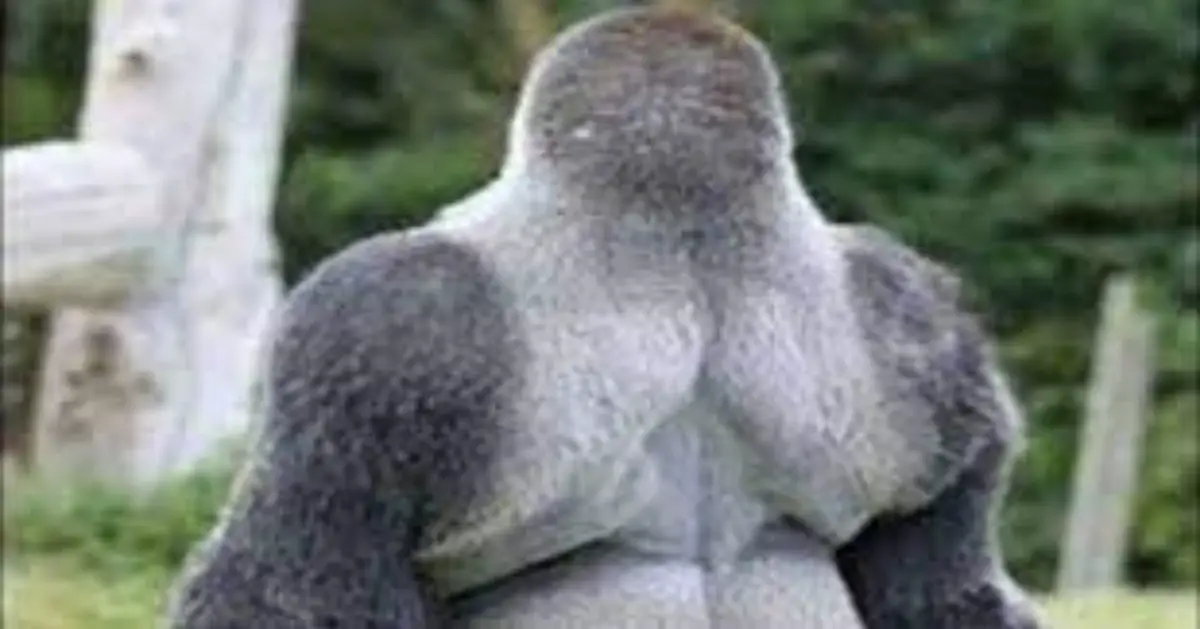
Birth is undeniably one of nature’s greatest wonders, but it is uncommon for us to witness the birth of wild animals, particularly at sea. Male seahorses, as you may recall, are the ones who carry their offspring, making it all the more remarkable to see them give birth.
Recently, two researchers captured an extraordinary moment in the life of a seahorse father on video, providing a unique opportunity for scientific study and our viewing pleasure!

During a dive off the eastern coast of Australia last month, Clayton Manning and Meagan Abele, conducting research for the conservation organization Project Seahorse, stumbled upon a male seahorse carrying its offspring in its pouch. Although the discovery of the seahorse was expected, witnessing multiple baby seahorses being released from the father’s pouch and drifting away into their natural habitat was a rare event. Luckily, the researchers recorded the occurrence in the video provided above, offering a glimpse into the fascinating world of seahorses.

“We were doing a survey and found a very, very pregnant male that had a tiny tail sticking out of his brood pouch,” Manning said. “I had just finished getting his measurements and a baby shot out of the opening. So we sat back and watched the father for a while.”

For those unaware of seahorse gender roles, it’s worth noting that male seahorses are responsible for carrying the offspring during gestation and giving birth after the eggs are deposited in a unique brood pouch located on their abdomen. The babies develop inside the pouch for approximately three weeks before being released into their underwater environment, with their numbers ranging anywhere from 100 to 250.
“It’s surreal to watch it happen!!!”
According to University of British Columbia, although capturing seahorse births on video in aquariums is common (just a quick search on YouTube will show this), it’s less frequent to witness such an event in the wild. The seahorse shown in the video belongs to the species White’s seahorse, also known as Sydney seahorse, scientifically named Hippocampus whitei. Interestingly, the hippocampus, a region in our brains, derives its name from its resemblance to the shape of a seahorse.
Contrary to many conservation stories, White’s seahorses are thriving in Australia. Clayton Manning’s research aims to uncover the reasons for this success and how local underwater flora and corals might be aiding these animals’ prosperity.



